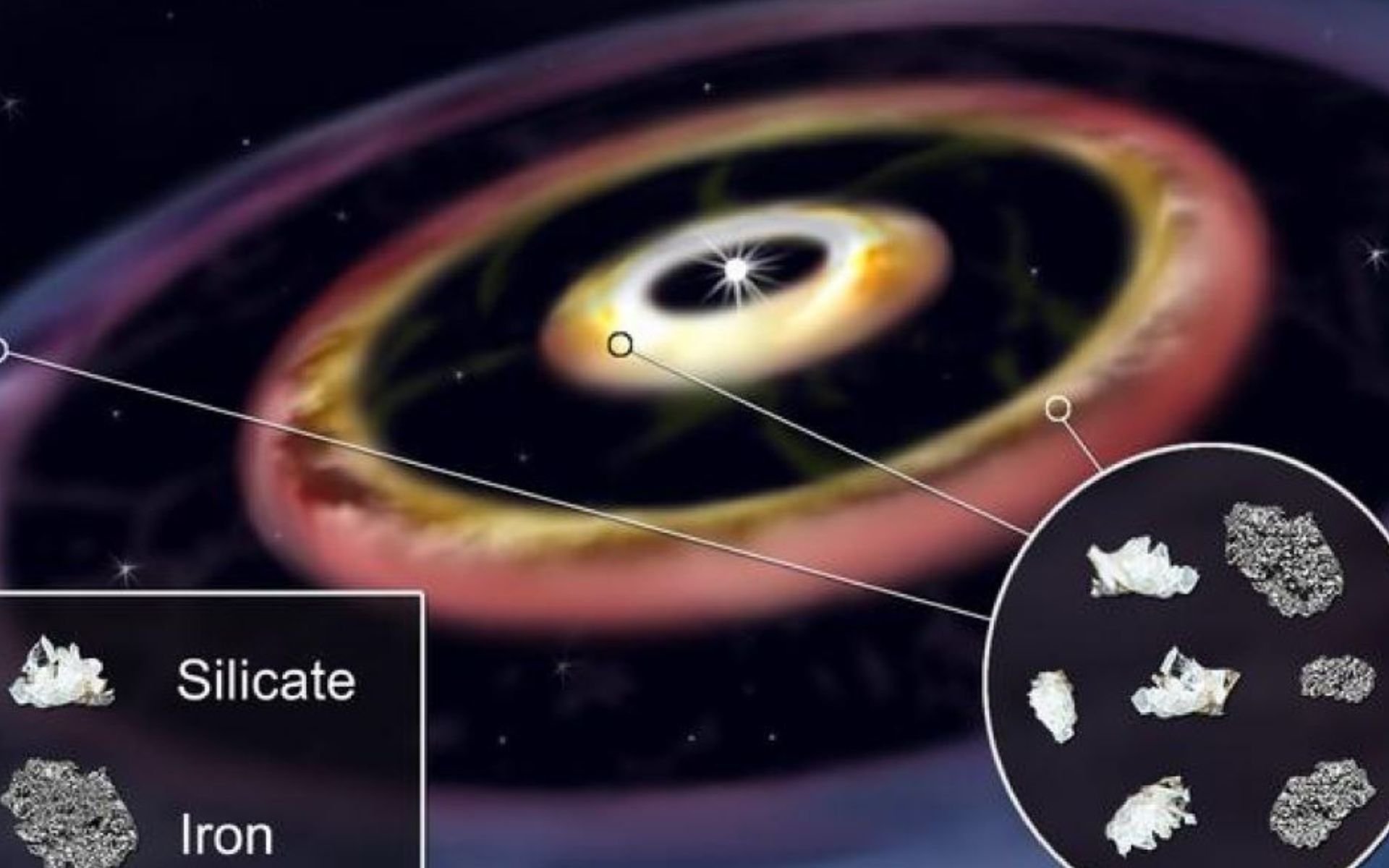In new observations collected by the European Southern Observatory’s (ESO) Very Large Telescope (VLTI), Scientists have managed to detect a planet-forming disk in a young star known as HD 144432, located 500 light-years from Earth. Understanding the details of the observation, the team detected three iron rings in the region where the planet formed; The device also detected dust, cosmic gas and other elements.
Cosmic gas, dust and other elements have been detected within the rings, which are essential ‘ingredients’ for planet formation, as scientists explain. This is the first complex ring system detected this close to a young star; during the first ring aligns with the orbit of Mercury, the second with the orbit of Mars, and the last with the orbit of Jupiter.
Now, The ring system is considered to be the first system in which this configuration has been detected so close to its parent star. Two planets are likely forming in the system, and astronomers note that their masses are similar to those of Jupiter. Additionally, the region corresponds to the region in the Solar System where rocky planets like Earth form.
“By examining the distribution of dust in the innermost region of the disk, we detected for the first time a complex structure in such an environment where dust accumulates in three concentric rings. “This region corresponds to the region in the Solar System where rocky planets form,” said Roy van Boekel, a scientist at the Max Planck Institute for Astronomy (MPIA) in Heidelberg, Germany, and co-author of the paper.
Iron rings and planet-forming disk
By analyzing cosmic dust passing through the planet-forming disk, scientists discovered compounds consisting of metal, silicon, oxygen and other elements that can be found in the Earth’s inner layers. This marks the first time science has detected iron in this type of disk. The temperature in the region may be approximately 1,500 degrees, where metals and other minerals may have melted and gone through a process of recondensation.
According to the research, the disc that formed the planet HD 144432 may be similar to the Solar System billions of years ago. It suggests that the formation of a planet like Earth may be more common than we think. Scientists say they should continue to examine other promising candidates that could provide more information on the subject. The article was published in the scientific journal Astronomy & Astrophysics.
“We think that the disk of HD 144432 may be very similar to the ancient Solar System, which provided abundant iron for the rocky planets we know today. Our work may provide another example showing that the composition of our Solar System may be quite typical,” adds van Boekel in an official statement.
Did you like the content? Stay up to date with other astronomy-related works at TecMundo. If you wish, take the opportunity to discover 15 interesting facts about the Solar System that you did not know.
Source: Tec Mundo
I’m Blaine Morgan, an experienced journalist and writer with over 8 years of experience in the tech industry. My expertise lies in writing about technology news and trends, covering everything from cutting-edge gadgets to emerging software developments. I’ve written for several leading publications including Gadget Onus where I am an author.













